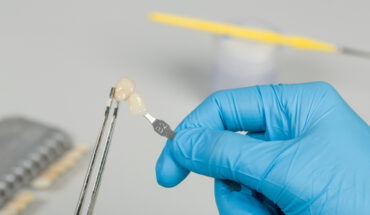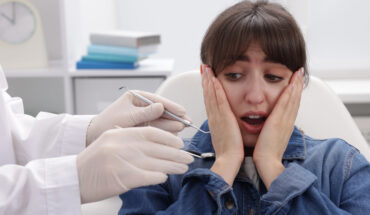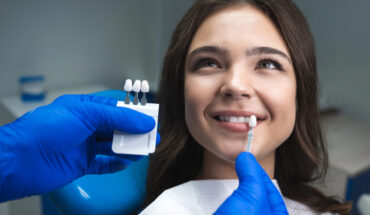
Oral thrush occurs when yeast infections develop inside the mouth. It is also called oropharyngeal candidiasis, oral candidiasis, or just thrush. It mostly affects babies and toddlers, but adults also need to be on the lookout. Thrush causes yellowish or whitish bumps on the tongue and inner cheeks, which go away with minor treatment. To know more, please go through the given discussion now.
Causes
Consult your dentist if you want urgent help, but if you can wait, you must try finding the causes of oral thrush. The overgrowth of the fungus C. albicans or candida albicans is usually held responsible.
Cancer treatments such as radiation therapy and chemotherapy can also make you prone to thrush. The conditions that might increase the risk are also the ones that hamper the immune system. Diabetes contributes to oral thrush. Uncontrollable diabetes spikes up the blood sugar, creating a favorable habitat for the C. albicans.
Symptoms
In the earliest stage, oral thrush does not show any kind of symptoms. But when the infection exacerbates, one or more of the below-mentioned symptoms may, unfortunately, crop up:
- Yellow or white bumps on the tongue, inner cheeks, gums, tonsils, and lips.
- Bleeding if the bumps cut across the mouth.
- Burning sensation inside the mouth.
- Difficulty in swallowing.
- Cracked or dry skin at the corners of the mouth.
- Bad taste in the mouth.
In certain cases, oral thrush can affect the esophagus, though this is quite uncommon. The fungus that triggers the oral thrush can be the source of yeast infections in different body parts.
Diagnosis
Your doctor will be able to diagnose thrush by examining the mouth for the characteristic yellowish or whitish bumps. In some situations, your doctor may recommend a biopsy of the concerned area. For the biopsy, your doctor will scrape a tiny part of the bump from the mouth. The sample will be sent to the laboratory to be tested for the fungus.
If your doctor doubts that the thrush has spread to the esophagus, he/she may rely on an endoscopy or swab culture.
Home Remedies
There’s no point in having teeth whitening if you can’t get rid of oral thrush. A plethora of home remedies or lifestyle modifications can eliminate oral thrush and stop it from coming back.
When recovering, it is necessary to practice excellent oral hygiene. Some of the tips are as follows:
- Brush the teeth thoroughly with a toothbrush having soft bristles. This will scrape off the bumps caused by oral thrush.
- Properly clean the dentures if you put them on to alleviate the risk of infections to a great extent.
- Avoid mouth sprays or mouthwashes unless your doctor has recommended them. You may opt for a natural cleanser to rinse the mouth. Use saltwater, a mixture of water and baking soda, a mixture of apple cider vinegar and water, and a mixture of lemon juice and water.
It may also help to take probiotics or eat yogurt that has varied beneficial bacteria. To prevent oral thrush, make sure to adhere to a nutritious diet and never skip dental checkups.




